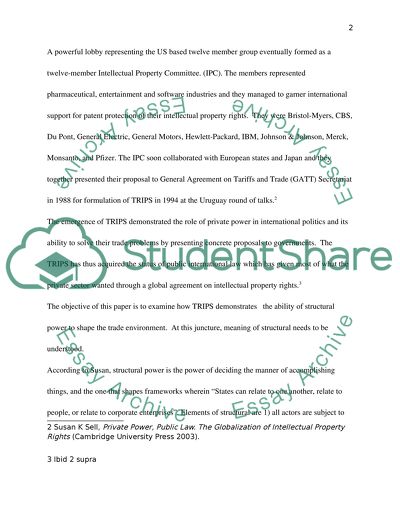Cite this document
(“Critically discuss Susan Sell's proposition that: The TRIP's outcome Essay”, n.d.)
Critically discuss Susan Sell's proposition that: The TRIP's outcome Essay. Retrieved from https://studentshare.org/law/1402213-international-intellectual-property-law
Critically discuss Susan Sell's proposition that: The TRIP's outcome Essay. Retrieved from https://studentshare.org/law/1402213-international-intellectual-property-law
(Critically Discuss Susan Sell's Proposition That: The TRIP'S Outcome Essay)
Critically Discuss Susan Sell's Proposition That: The TRIP'S Outcome Essay. https://studentshare.org/law/1402213-international-intellectual-property-law.
Critically Discuss Susan Sell's Proposition That: The TRIP'S Outcome Essay. https://studentshare.org/law/1402213-international-intellectual-property-law.
“Critically Discuss Susan Sell's Proposition That: The TRIP'S Outcome Essay”, n.d. https://studentshare.org/law/1402213-international-intellectual-property-law.


